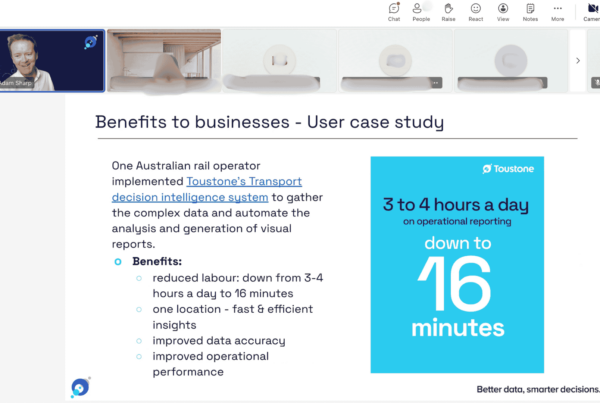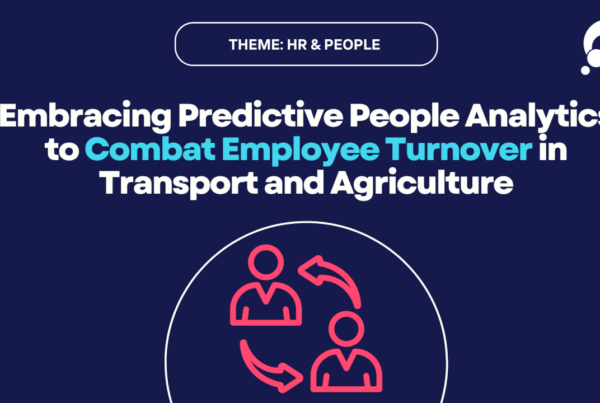Data-driven companies have the advantage of relying on sound data in every aspect of the business. Rather than focusing on continually gathering more data, they take the data they have and use it in novel ways to drive decision-making. The compounding effect of data increases the value of the data you already have and simplifies the process of optimising your data.
The compounding effect has three parts
- Hindsight
- Insight
- Foresight
Hindsight is the stage where you are building your data foundation. It involves looking at descriptive analytics and analysing what has already happened.
Insight is the practice of using diagnostic analytics to understand why it happened.
Foresight takes your data a step further, using predictive and prescriptive analytics to predict what will happen and how you can make it happen.
The result goes beyond using data to understand what happened and why to using your data to create desirable outcomes.
Application to Human Resources
Traditionally, Human Resources (HR) have been seen as a people-oriented industry. They spend a significant amount of time dealing with staff appraisals, recruitment, satisfaction surveys, and management issues. Today, data can transform HR to an area that delivers insights that have a significant impact on an organisation’s overall performance.
Utilising Data in HR can:
- Forecast and minimise absenteeism
- Optimise recruitment tactics
- Identify how best to keep employees happy
- Understand the employee lifecycle – know when someone is about to leave
- Track payroll and compensation
- Enhance employee COVID tracking
When HR is data-driven, it results in making better decisions that add value to the business. Less time is wasted on recruiting and training. The workplace can be optimised for employee satisfaction. The heavy cost of absenteeism can be reduced.
These days, perhaps most importantly: COVID can be tracked to minimise the spread and impact on your workforce.
Example
It was identified early on that the meat industry was a high-risk area for COVID transmission. In Melbourne, Cedar Meats was closed for six weeks due to an outbreak among staff – a cost no business wants to face. How could HR data help prevent this?
Even when strict COVID protocols are enforced in the workplace, workers are coming into contact on the way to and from work. Within the meat industry, it’s common for staff to carpool to work together as many locations are in remote areas.
Developments in Bluetooth tracking technology mean an alert can be generated when employees come in close proximity. This data can be used to track who may have been in close contact with someone who tests positive for COVID and speed up the isolation and testing procedures.
To manage this data, a well-supported data environment and system are required to assess the data, draw meaning from it and generate reports that can be acted on in real-time. It may be that changes in shift capacity, start and finish times, and break times could decrease employee contact. Automated insights can assess the data as to what has happened and why and predict future occurrences. In this way, data can be a major force for containing COVID outbreaks.
Are you getting the most out of your data?
The above example is just one of many ways that the use of data can advance your HR practices, but this is not limited to HR, any department can improve their efficiency to help their organisation grow, from HR to sales to operations. Check out some of our other articles that talk about how data can reduce absenteeism and enhance productivity.





